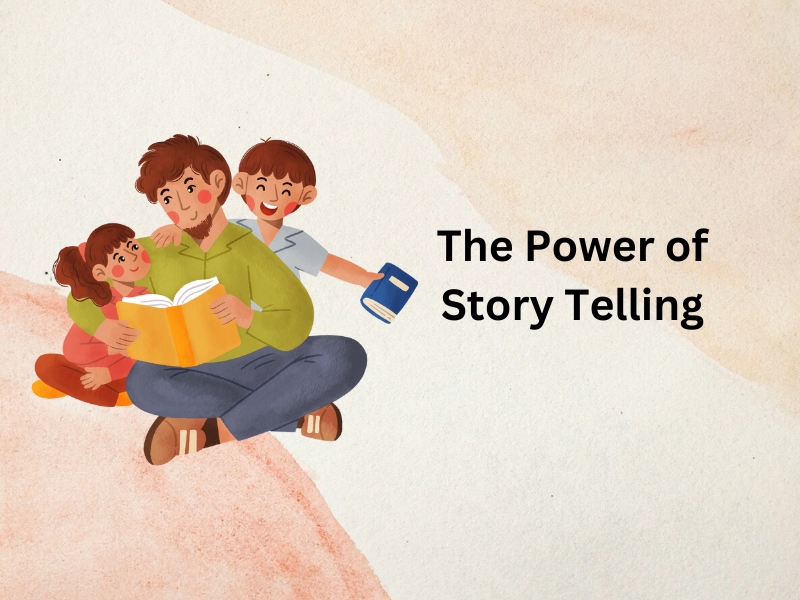In today’s digital world, where screens dominate our daily lives, it’s essential to recognize the impact of excessive screen time on both our health and family connections. With longer screen times, especially for children, concerns arise about their well-being and diminishing family bonding opportunities. However, amidst the digital frenzy, storytelling emerges as a timeless tradition, offering a multitude of benefits to children and families alike.
The Negative Effects of Excessive Screen Time
Excessive screen time has a multitude of negative effects on individuals, especially children. It hampers brain development, inhibits essential skills acquisition, and impairs cognitive abilities. Additionally, prolonged screen exposure leads to detrimental health consequences, such as sedentary behaviour, sleep disturbances, and physical health issues. Moreover, excessive screen time reduces family bonding opportunities, replacing meaningful interactions with isolated digital engagements. Therefore, it is crucial to recognize the adverse impacts of excessive screen time and take steps to mitigate its effects on individuals, particularly children, for their overall well-being and healthy development.
The Power of Storytelling in Promoting Child Well-being
Storytelling holds immense power in promoting the well-being of children. Through storytelling, children’s imaginations are ignited, fostering creativity and critical thinking skills. It facilitates language development and effective communication, enabling children to express themselves more confidently. Additionally, storytelling helps children navigate complex emotions, enhancing their emotional intelligence and empathy towards others. Moreover, storytelling strengthens family connections by creating shared experiences and lasting memories. By recognizing and harnessing the power of storytelling, we can positively impact the well-being of children, nurturing their growth and development in a holistic manner.
Creating Digital-Free Spaces for Storytelling
In our increasingly digital world, it is essential to create dedicated digital-free spaces for storytelling. By establishing specific areas in our homes as screen-free zones, we can encourage a healthy balance between digital and offline activities. Allocating time for storytelling allows families to come together, listen, and actively engage in shared narratives. Incorporating multi-sensory elements, such as tactile objects or visuals, enhances the storytelling experience, making it more immersive and interactive. Furthermore, involving all family members in the storytelling process fosters a sense of inclusion and strengthens family bonds. By creating these digital-free spaces, we can prioritize the value of storytelling and create meaningful connections in our families.
Embracing Diverse Storytelling Formats
Embracing diverse storytelling formats allows us to tap into the richness of narrative traditions. Traditional oral storytelling connects generations through the passing down of tales. Reading aloud instils a love for books and creates bonding moments. Engaging picture books combine captivating illustrations with enchanting stories. Exploring digital storytelling alternatives, such as audiobooks or interactive apps, offers innovative ways to experience narratives. By embracing these diverse formats, we can broaden our storytelling repertoire and cater to different preferences and interests, enriching the storytelling experience for all.
Conclusion
In conclusion, in a digital age that often disconnects families, recognizing the negative impacts of excessive screen time and rediscovering the power of storytelling is paramount. By limiting screen time, embracing diverse storytelling formats, and creating digital-free spaces, we can nurture family bonding, enhance child well-being, and ignite a lifelong love for reading. Let us cherish the magic of storytelling, creating cherished moments that shape our children’s lives and strengthen our family connections in this digital era.

